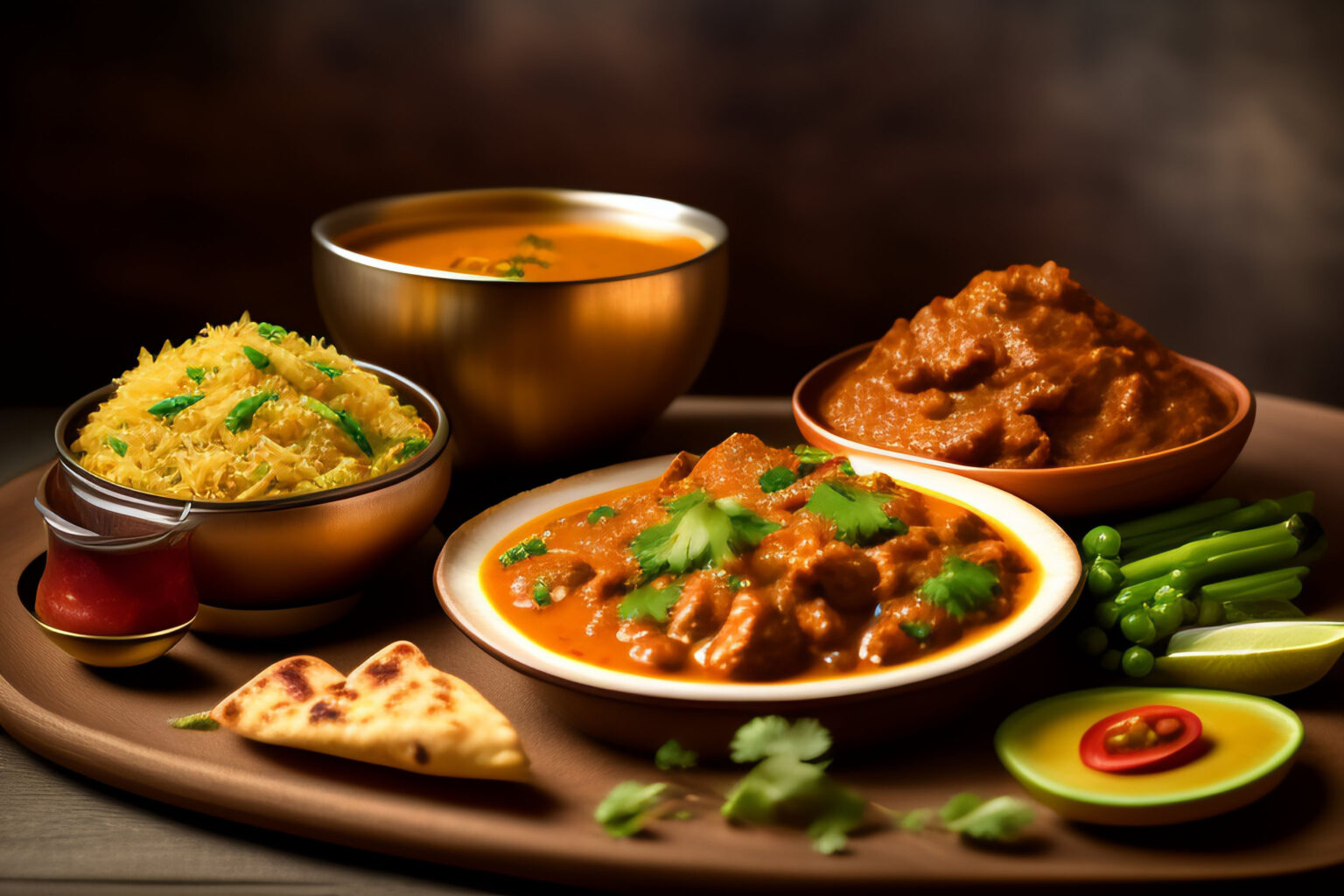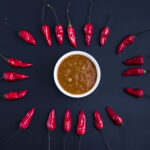South African cuisine is a melting pot of diverse cultures and influences, resulting in a vibrant culinary landscape. One of the most beloved and flavorful aspects of South African cuisine is its curry dishes. With a rich history and a wide range of flavors, South African curries captivate the senses and offer a delightful culinary adventure. In this article, we delve into the diverse flavors of South African curry dishes, showcasing their unique characteristics and the cultural tapestry they represent.
Historical Origins: The origins of curry in South Africa can be traced back to the arrival of Indian laborers, primarily from the region of Tamil Nadu, in the 19th century. These immigrants brought with them their culinary traditions, including the art of preparing and blending spices. Over time, their recipes evolved as they incorporated local ingredients and adapted to the available resources, resulting in a distinct South African curry style.
Flavor Profiles: South African curry dishes exhibit a wide spectrum of flavors, blending aromatic spices, herbs, and various ingredients to create a harmonious balance. While there are countless regional variations, two popular styles of South African curries are Durban curry and Cape Malay curry.
- Durban Curry: Hailing from the city of Durban, known for its Indian community, Durban curry is renowned for its bold and spicy flavors. It features a robust blend of spices such as cumin, coriander, cardamom, turmeric, and chili. The heat levels can vary, from mild to fiery, depending on personal preference. Proteins like chicken, lamb, or beef are commonly used, and the curries are often accompanied by fragrant rice, roti (Indian bread), or bunny chow (a hollowed-out loaf of bread filled with curry). Durban curry is a testament to the city’s rich Indian heritage and culinary prowess.
- Cape Malay Curry: Originating from the Cape Malay community, Cape Malay curry is a fusion of Indian, Indonesian, and African flavors. It incorporates aromatic spices like cinnamon, ginger, cloves, and allspice, along with a touch of sweetness from dried fruits like apricots or raisins. The curries often feature tender meats such as lamb or beef, as well as an array of vegetables. Cape Malay curries tend to have a gentle heat, allowing the aromatic spices to shine through. They are typically served with fragrant rice, rotis, or sambals (spicy relishes). Cape Malay curries are a reflection of the Cape Town region’s diverse cultural heritage and culinary traditions.
Regional and Cultural Influences: South Africa’s diverse curry landscape extends beyond Durban and Cape Malay styles. Other regions, such as Natal, the Eastern Cape, and Johannesburg, boast their own unique curry variations. These regional differences reflect the local ingredients, cultural influences, and personal preferences of the communities residing there. The Zulu, Indian, Afrikaans, and English communities, among others, have all contributed to the evolution of South African curries, making them a true reflection of the country’s multicultural fabric.
Preserving Culinary Heritage: South African curry dishes not only tantalize taste buds but also serve as a means of preserving cultural heritage. Recipes and cooking techniques are often passed down through generations, ensuring that the flavors and traditions endure. In addition, vibrant spice markets, food festivals, and local eateries showcase the richness of South African curry cuisine, providing a platform for culinary exploration and appreciation.
South African curry dishes are a testament to the country’s cultural diversity and the fusion of culinary traditions. From the fiery Durban curry to the aromatic Cape Malay curry, these dishes offer a symphony of flavors that captivate and inspire. Exploring the diverse flavors of South African curry is an exciting journey that showcases the country’s rich history, cultural tapestry, and the art of culinary adaptation.








